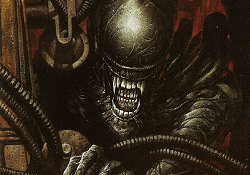Romulus Lab: What Is Weyland-Yutani Researching?
The Romulus Lab is the newer part of the Renaissance Station from Alien Romulus, containing the source of the Xenomorph infestation that spreads across the platform. In this article, find out everything we know about the Romulus Lab and the specimens that Weyland-Yutani is experimenting on, including facehuggers, chestbursters, and possibly even the Black Goo Pathogen.
The Location Of The Romulus Lab
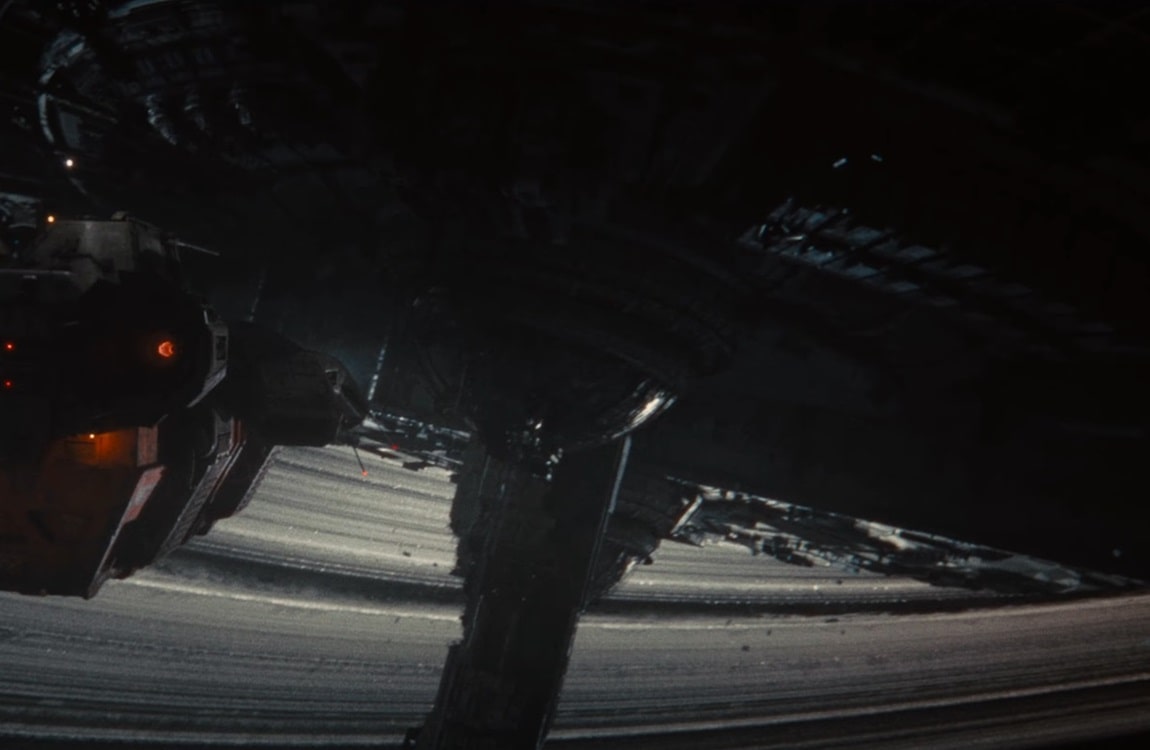
The Romulus Lab is situated on the Renaissance Station, owned by Weyland-Yutani and located in an unknown region of space, orbiting a planet with a ring system. The station's circular design rotates around its axis, which likely helps it maintain gravity and a stable orbit. The Renaissance Station is divided into two sections—Romulus and Remus, named after the twin brothers from Roman mythology who were nurtured by a she-wolf and later founded the city of Rome. This station appears to have been constructed years before the events of Alien Romulus, which takes place in the year 2142 in the Alien timeline. Corbelan IV, a Weyland-Yutani ship that is possibly stolen, takes a group of young people from the Jackson's Star colony to the Renaissance Station, kicking off the story of the movie.
The Brass Doors

The Romulus Lab is the most advanced section of Renaissance Station, housing a secret Weyland-Yutani laboratory. The lab is separated by a giant metal door adorned with both the Weyland-Yutani logo and a brass image depicting Romulus, Remus, and their she-wolf mother. According to Ron Cobb's Semiotic Standard (the logo system created for the first Alien film), the red symbol on the left indicates "Hazard/Warning," while the right side reads "Authorized personnel only." Interestingly, there is no access keypad on the door, suggesting that entry might require advanced authentication methods such as a retina scan or facial recognition.
A Look Inside The Romulus Lab

A glimpse inside the lab reveals stairs leading up to the main area. The lab is circular and contains several stasis pods housing smaller Alien specimens, most likely facehuggers. Another part of the lab is shown to be flooded and covered with red light, with walls covered with stasis pods filled with facehuggers. Director Fede Alvarez notes that Romulus showcases technology from the era of Aliens (year 2179), while Remus is more akin to the Alien era (year 2122), providing a fascinating blend of futuristic and nostalgic elements.
A New Breed Of Facehuggers
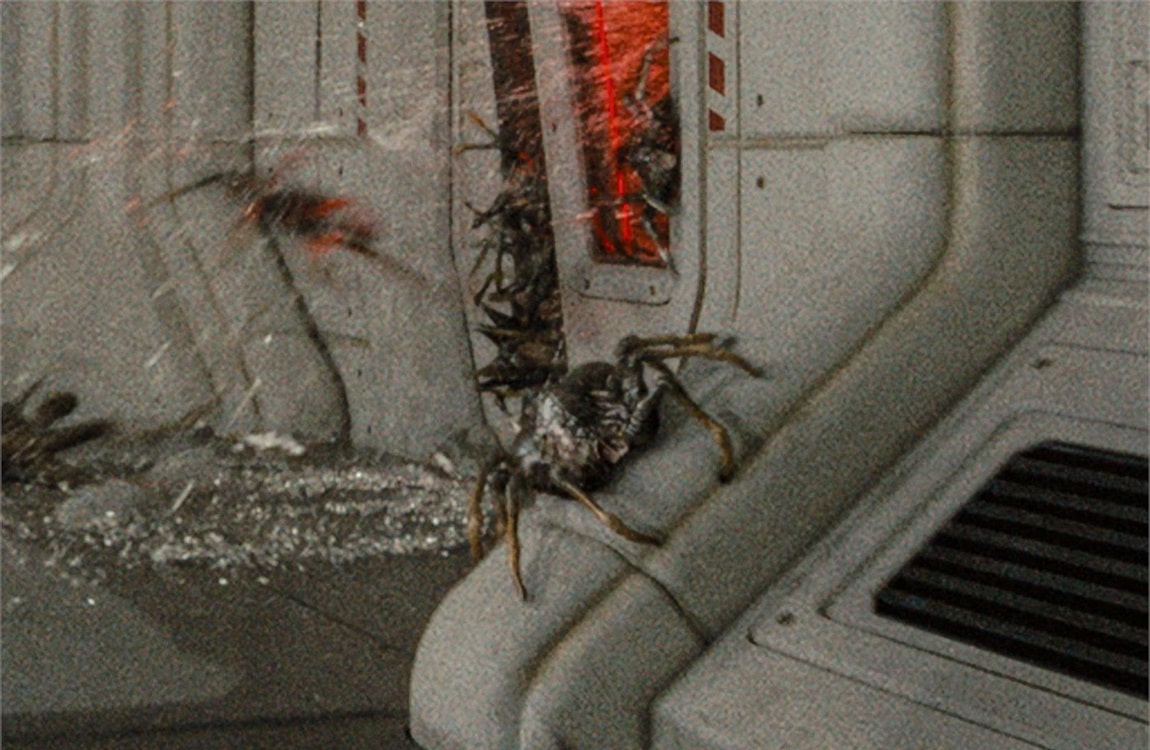
The primary specimens in the Romulus Lab appear to be facehuggers, specifically a new breed in the Alien lifecycle. These facehuggers may have been altered by the Black Goo Pathogen. After breaking free from containment, these facehuggers launched a massive attack, quickly overwhelming any opposition. The Romulus facehuggers are dark brown, similar to the Queen facehugger in Alien 3. Their proboscis tubes, particularly thick, are prominently shown in a facehugger removal scene. Additionally, the Romulus facehuggers have human-like nails at the tips of their fingers, enhancing their creepy appearance.

Chestbursters
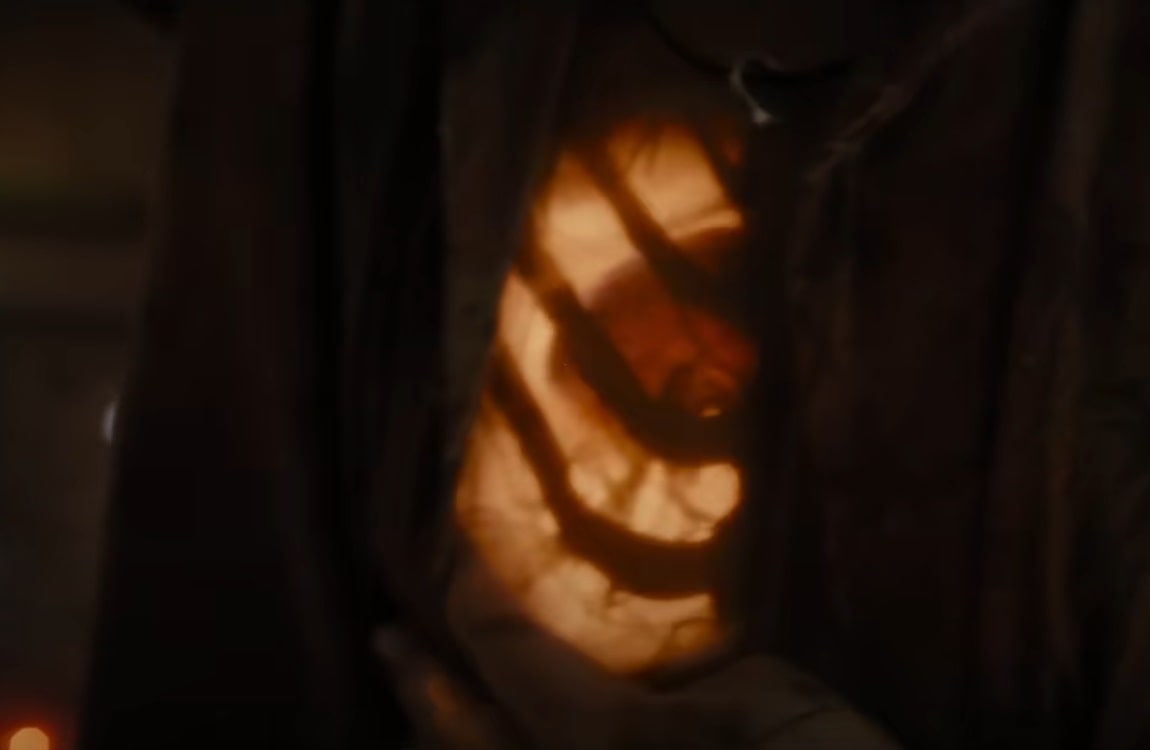
Where there are facehuggers, chestbursters are sure to follow. It is unclear if chestbursters were stored in stasis in the Romulus Lab, but some crew members of Corbelan IV were infected by facehuggers. An X-ray device reveals a chestburster emerging from a woman's chest, leaving her with only minutes to live. Although chestburster removal is possible, it is extremely rare and has only been successful on human/Xenomorph hybrids or in other exceptional cases. It is not clear if adult Xenomorphs were experimented on in the lab, but Xenomorph Warriors will end up in the movie as a result of the Alien infection spreading.
Black Goo Pathogen
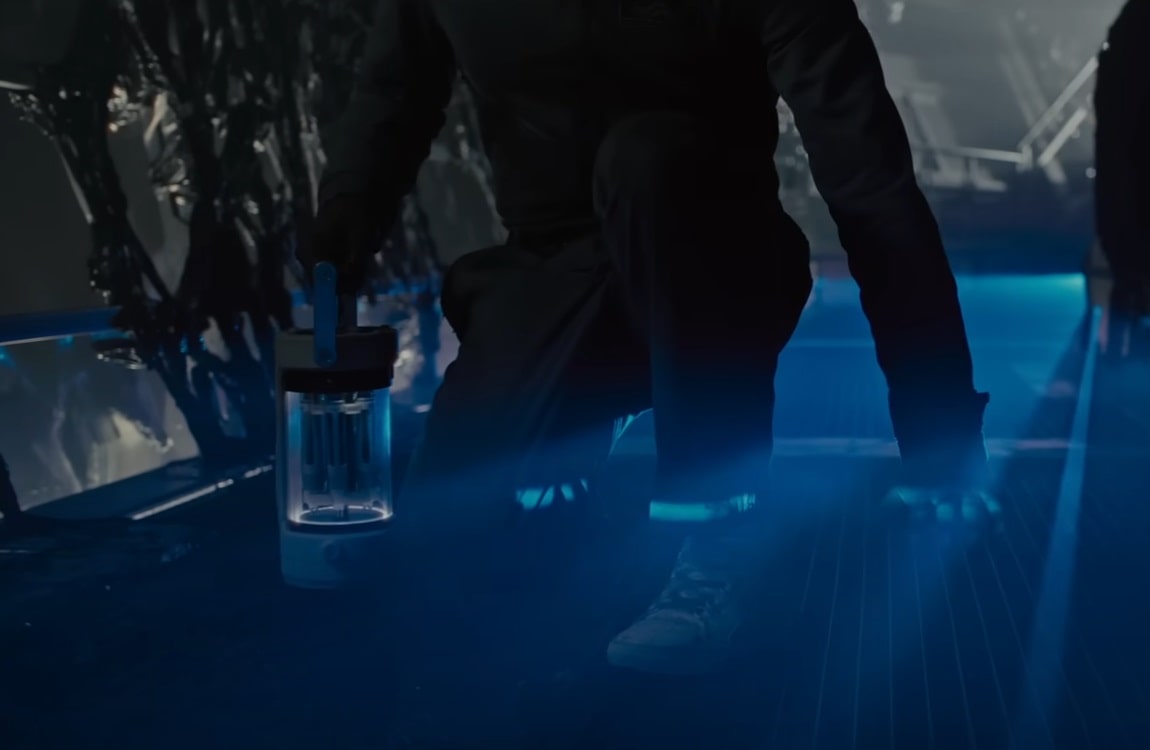
Director Fede Alvarez has hinted that one of the critical elements being researched in the Romulus Lab is the Black Goo Pathogen, a mutagenic substance with the potential to radically alter biological forms. Weyland-Yutani's experiments with this pathogen aim to harness its power for bioweaponry. The pathogen's unpredictable nature and capacity to create horrific mutations make it a dangerous yet highly coveted asset. Specimens exposed to the Black Goo exhibit aggressive and uncontrollable behaviors, often resulting in catastrophic breaches. The movie seems to also return to the "blue mist" seen in the Derelict Ship of the first Alien movie, perhaps keeping the Xenomorph eggs and the Black Goo Pathogen in stasis.
A Mysterious Asteroid
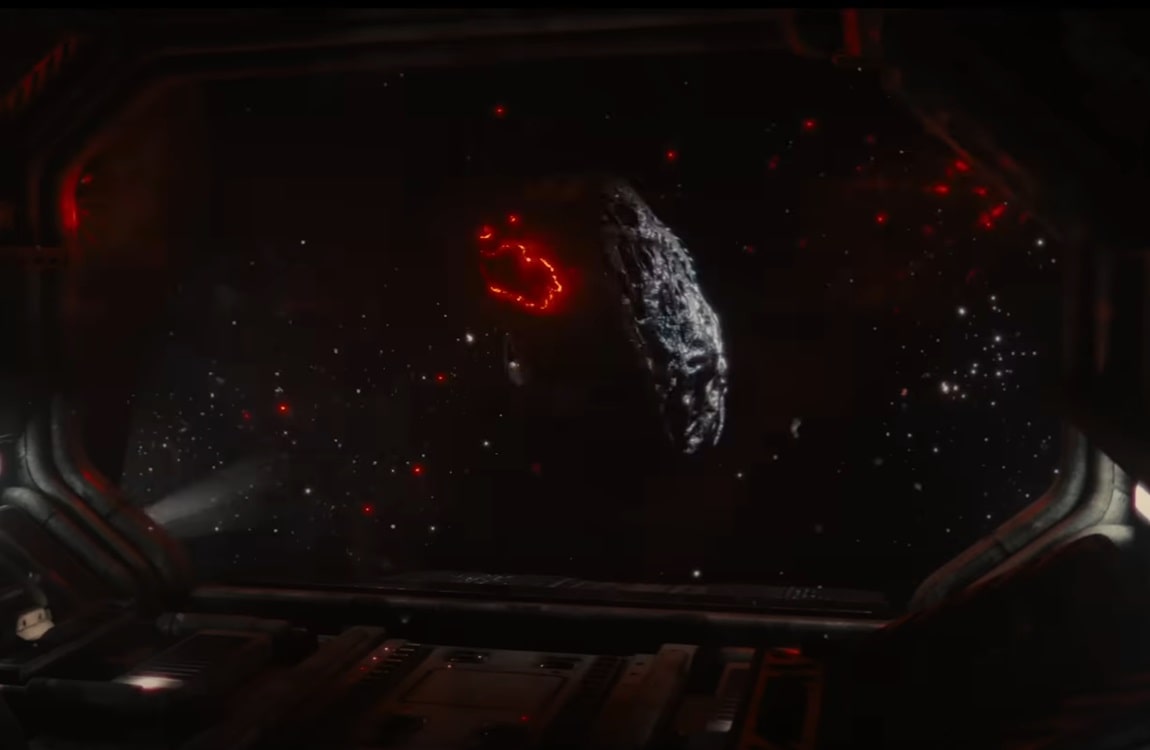
Another intriguing aspect of the Romulus Lab's research involves a mysterious asteroid. This celestial body was brought aboard the Renaissance Station for unknown reasons but could serve as a potential link to the origins of the Xenomorph species. Perhaps this asteroid contained traces of the Black Goo Pathogen inside itself or housed ancient Engineer technology. Although it could have been a random asteroid, its Giger-esque design hints at something more profound and possibly more dangerous. Some fans have speculated that the asteroid could be the Nostromo Alien, who grew a shell around itself while floating in space.
New Android Tech
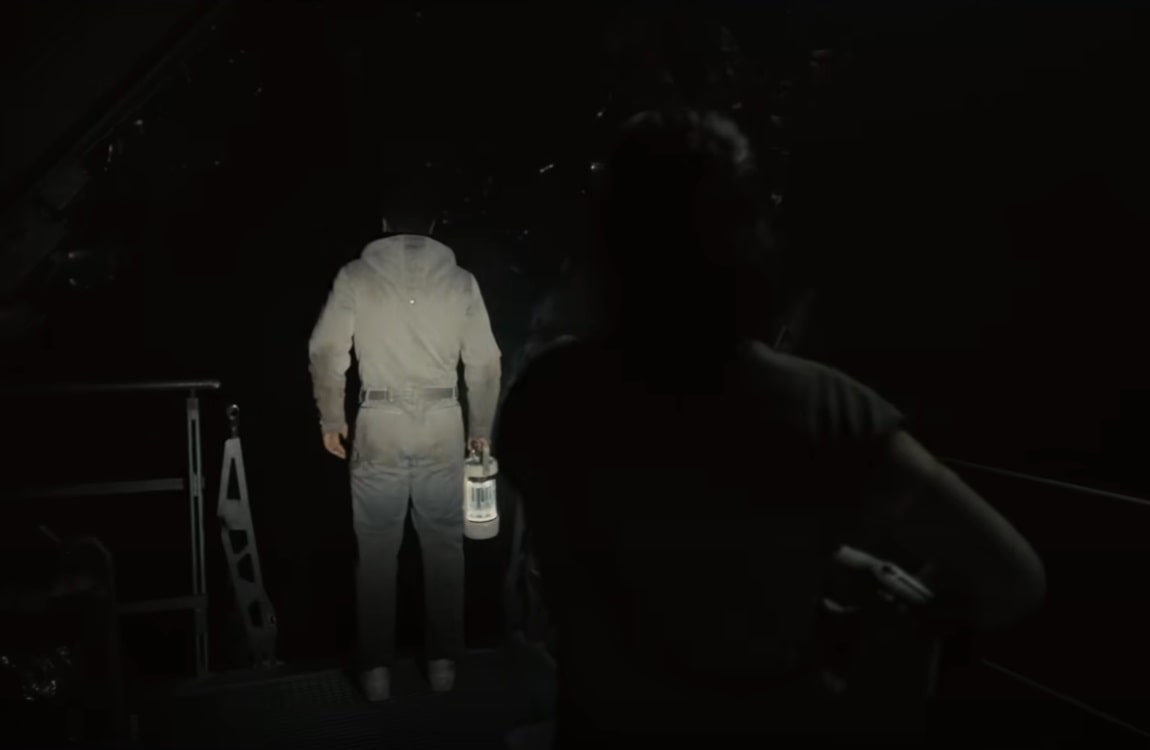
By the year 2142, when Alien Romulus takes place, several companies, including Weyland-Yutani and Hyperdyne, were rapidly advancing android technology. Although android research might not be the primary focus of the Romulus Lab, androids are employed to work there. Throughout Alien lore, artificial persons are often ignored by various Xenomorph strains as they do not exhibit human life signs. Unconfirmed rumors suggest the return of the 120-A/2 type Hyperdyne androids, the same type and likeness as Ash from Alien. One of the Corbelan IV passengers, an android named Andy, seems to malfunction in a way that temporarily shuts him down, hinting at some new android inhibitor possibly developed in the lab.
Conclusion
The Romulus Lab is a hub of Weyland-Yutani's most secretive and dangerous experiments, kept secret from other mega-corporations and government bodies. From the study of the Black Goo Pathogen and the mysterious asteroid to the development of advanced android technology, the lab's endeavors are as ambitious as they are perilous. Of course, the full extent of the lab will be revealed in Alien Romulus, released on 16th of August.
Tag Categories: Alien Universe Space Stations


